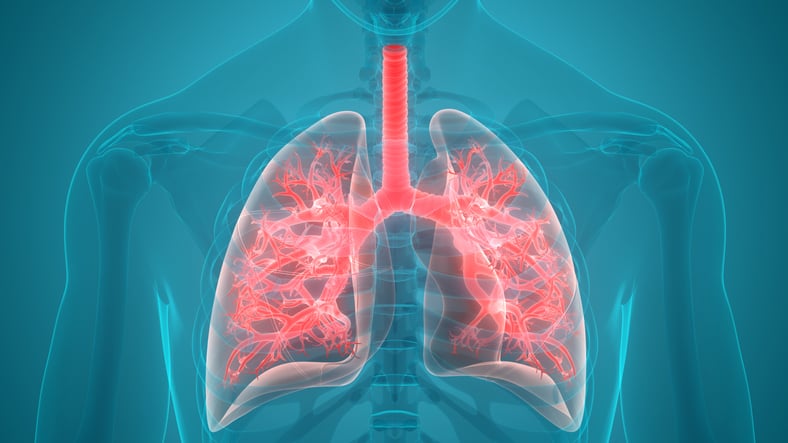Bronchopulmonary dysplasia (BPD) is a heterogenous condition with poorly characterized disease subgroups.
To define the frequency of three disease components: moderate-severe parenchymal disease, pulmonary hypertension (PH), or large airway disease, in a referral cohort of preterm infants with severe BPD. The association between each component and a primary composite outcome of death prior to hospital discharge, tracheostomy, or home pulmonary vasodilator therapy was assessed.
Retrospective, single center cohort study of infants born <32 weeks' gestation with severe BPD who underwent both chest Computed Tomography with Angiography (CTA), and echocardiography between 40-50 weeks postmenstrual age between 2011-2015. Moderate-severe parenchymal lung disease was defined as an Ochiai score ≥8 on CTA. PH was diagnosed by echocardiogram using standard criteria. Large airway disease was defined as tracheal or bronchomalacia on bronchoscopy/tracheoscopy or CTA.
Of 76 evaluated infants, 73 (96%) were classifiable into phenotypic subgroups: 57 with moderate-severe parenchymal disease, 48 with PH, and 44 with large airway disease. The presence of all three disease components was most common (n=23). Individually, PH and large airway disease, but not moderate-severe parenchymal disease, were associated with increased risk for the primary study outcome. Having more disease components was associated with an incremental increase in the risk for the primary outcome (2 versus 1: odds ratio [OR] 4.9, 95% confidence interval [CI] 1.4-17.2; 3 versus 1: OR 12.8, 95% CI 2.4-70.0).
Infants with severe BPD are variable in their predominant pathophysiology. Disease phenotyping may enable better risk stratification and targeted therapeutic intervention.
Characterization of Disease Phenotype in Very Preterm Infants with Severe Bronchopulmonary Dysplasia.


